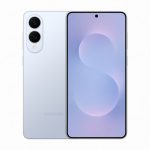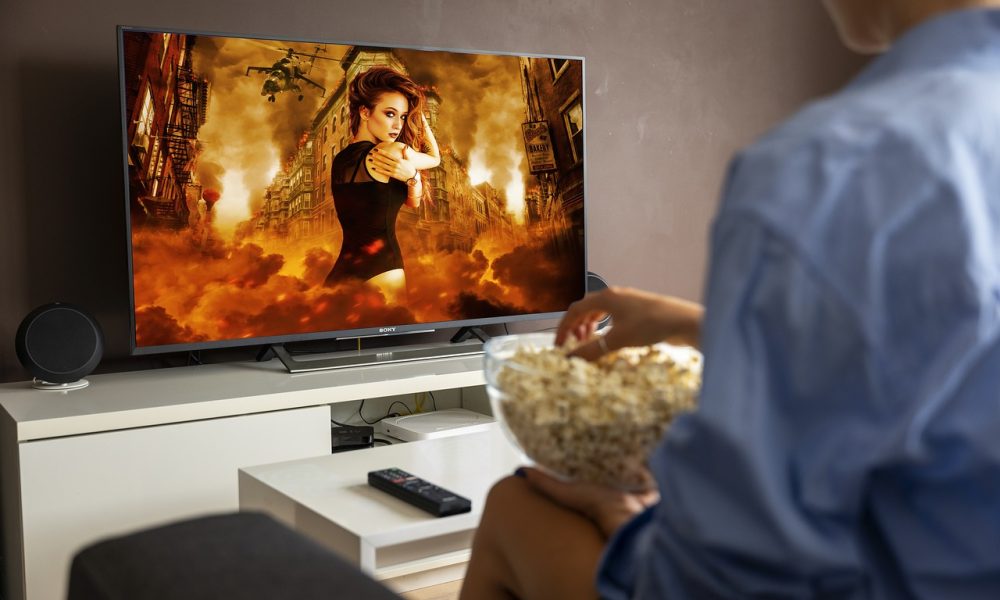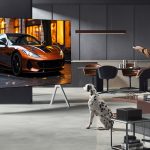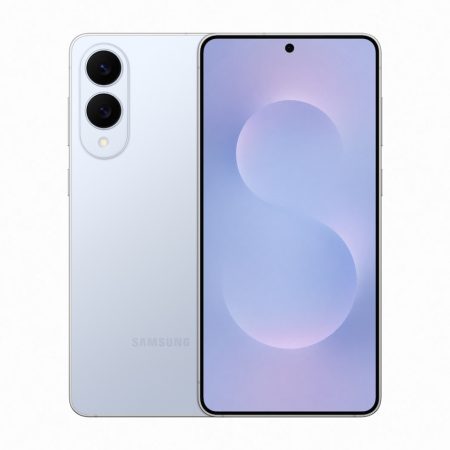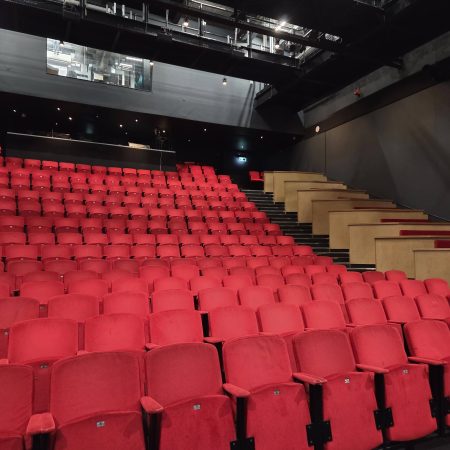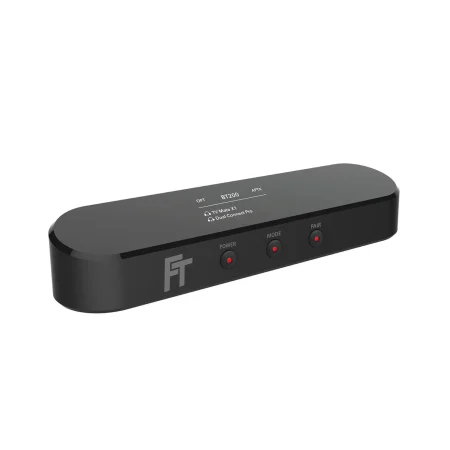Opinion: Auracast has sets appeal so why don’t TV makers make a powerful statement about it?
When it comes to Auracast, a big benefit is for televisions. Now, televisions have come a long way from the days when John Logie Baird first attempted to transmit pictures of a puppet called Stooky Bill.
In those early days, the small screens were encased in cabinets so they could be tucked away when not in use, while the Radio Times had to be wrapped in a folder lest anyone see such vulgarity when they visited.
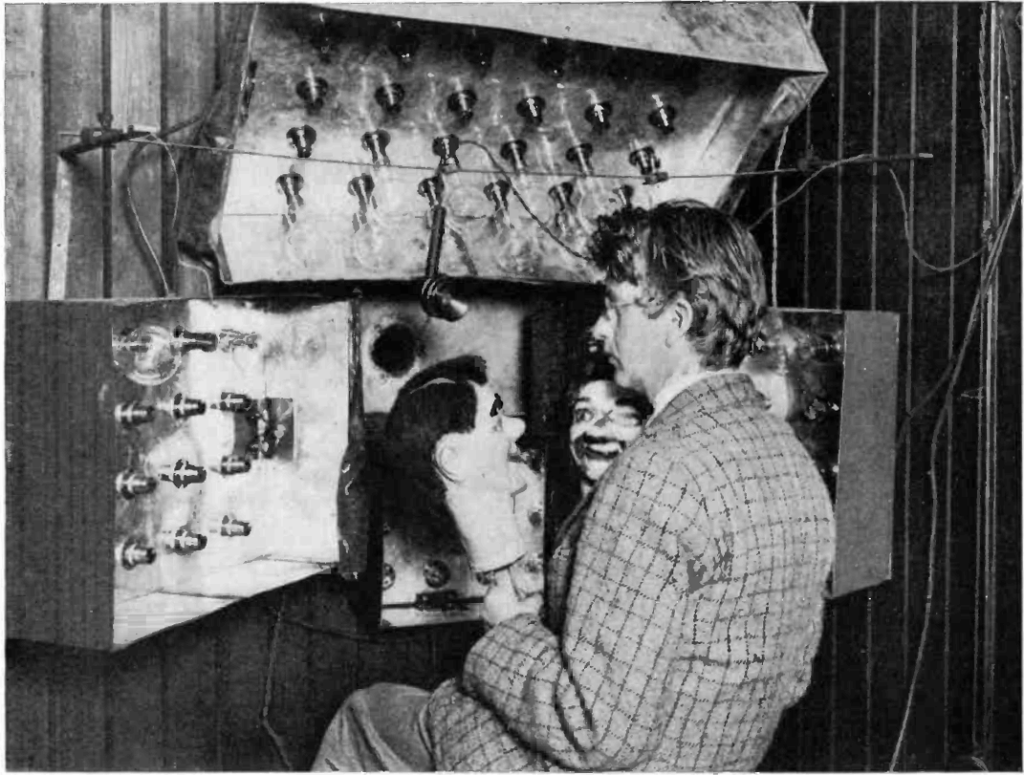
Slowly, the sets became bigger with additional features including a remote control that on a long wire and a knob for each channel rather than having to manually tune in each time. In the late 1960s, the UK finally saw colour television arrive, and it took nearly 10 years for monochrome sets to become the minority … after all, a television was a hefty investment, and until the 1990s, people rented their sets from the likes of Radio Rentals, Rediffusion, Rumblelows and Granada.
More innovations saw televisions receive upgrades such as Nicam digital stereo, teletext, picture-in- picture, and even a printer should you need that teletext recipe.
Televisions have got flatter and bigger
Around the start of the 21st century, we began to wave goodbye to the cathode ray tube that had flickered into life every time we turned a set on. Thanks to plasma screens and emerging LCD technology, the idiot’s lantern went on a crash course diet as if it had consumed a load of Mounjaro. No longer a thick box that could double as a photo stand for precious memories, these slimline televisions have carried on getting thinner and thinner while also getting bigger and bigger. It’s quite an achievement.
These early screens were smaller and almost uniformly terrible. This was most noticeable when watching a ticker on a news channel or a football match. Text would flicker and players would stutter as the processor inside struggled to keep up with the fast-moving images.
But the boffins have kept refining the art and even the first LCD panels are now positively thick compared to the 2025 models which are now about the same width as a mobile phone. Which incidentally is also used as a screen as terrestrial television is swapped out for streaming services that can be watched anywhere you like.
How times change.

Whither the Auracast in modern televisions
While there have been constant innovations including HD screens, 4k screens, 8k screens, enhanced sound, built-in tuners, Wi-Fi and on-demand channels, accessibility has been lacking with most firms appearing to pay a lip service to the possibilities.
For the hard-of-hearing communities, that has meant having to buy a streamer that plugs into the back of the set, using via a digital audio out optical cable (Toslink). Traditionally, this has been tied to the proprietary system devised by the hearing aid manufacturer: meaning the consumer is stuck to a walled garden ecosystem.
With hearing aid manufacturers agreeing on standards for Made For iPhone and ASHA connections to mobile phones over the past 15 years or so, you’d think they would also have been ensuring similar standards for televisions.
The long overdue arrival of Auracast means this shake-up is now on the way, and televisions can finally be Auracasters.
But for the consumer, it is another hurdle to climb.
We need manufacturers and retailers to play their part in helping identify which sets are Auracast-enabled and help take the mystery out of researching a big purchase.
Forums have posts from people who have bought televisions because they were told by manufacturers that the set had Auracast built in.
I asked the online help desk at one manufacturer for a list of models that had Auracast built-in, and was given one … it was given in good faith, but was incorrect. Given this information and a manual that implies the new Bluetooth standard is built into the televisions and you can see why some customers are upset when they spend hundreds on a new set only to find that it doesn’t have Auracast built in.
Auracast in televisions is a great innovation as it will allow for people who want additional volume – or even audio descriptions or a different language – to turn it up without disturbing those around them. It’s a great selling point, especially for those who want to watch a late-night film without having the neighbours bang on the ceiling.
So why aren’t manufacturers shouting about Auracast in their televisions?
LG has launched its 2025 range, and in a press release for Better Hearing Month, it announced a partnership with Starkey about Auracast in its 2025 OLED and QNED evo TV range.
Great.
Except it’s not listed on its website.
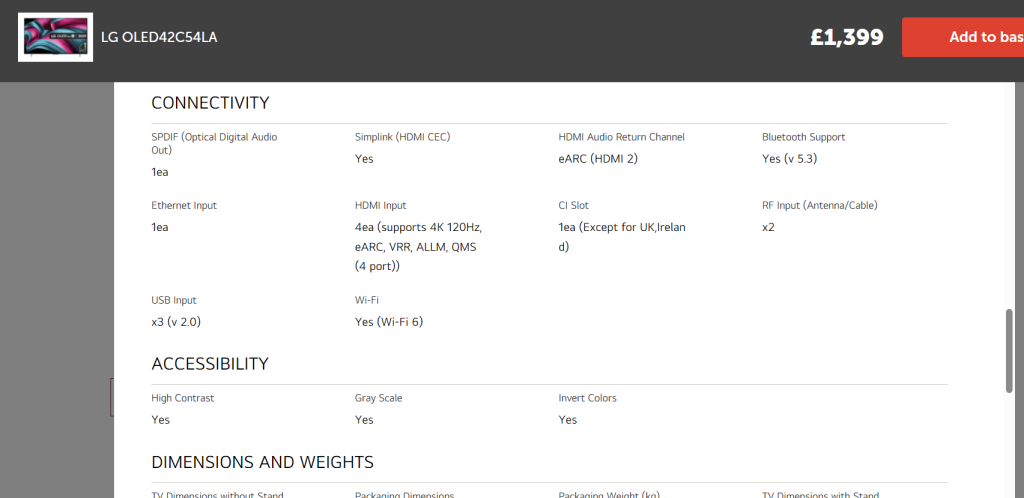
Go to its Connectivity section of the specs and it says it has Bluetooth support (5.3). That’s not enough information.
The manual for the 42-inch Class LG OLED evo AI C5 4K Smart TV 2025 does not mention Bluetooth connectivity at all. The quick guide is the same. An article about pairing a device to Bluetooth gives no details about Auracast
Search the website for Auracast-enabled gadgets and (at the time of writing) it brings up speakers and earbuds … not televisions.
This experience is replicated across different manufacturers: there is tech in their tellies and they’re not telling.
Training needs to take place with stores as well.
I’ve visited numerous electrical retailers in different towns and cities across the country. Not a single sales assistant had heard of Auracast when asked, nor were they aware of Microsoft’s Accessibility features in Windows 11.
Training needs to be given by store management to their teams about Auracast, who it will benefit, and which items they have in stock will allow people to pair to an Auracasting television or computer.
One store assistant also told me they couldn’t let me test a set because they don’t have remote controls for them. It was a very different approach to the very patient and helpful team at Richer Sounds (I recommend them for any television purchase, not least as they have one of the most generous guarantee schemes in the business – six years, which should be the minimum any television lasts for).
The manager at the Reading store very kindly spent an hour with me trying all manner of sets, with the aim of seeing if any of them would connect to my hearing aids.
So if Auracast is to become mainstream, it needs to start at the manufacturers’ home: get your house in order and put Auracast front and centre. Change listings so that in your connectivity sections you say if a set is Auracast enabled or not.
And share that information with retailers, who are just as guilty – what use is saying Yes or No to whether a set has Bluetooth? The version number is critical especially if there is a slim chance a firmware update could add Auracast to the 5.2 upwards enabled sets.
But without staff training that raises awareness on the shop floor, consumers will be sold a pup time and time again.
Even Stooky Bill would have something to say about that.


